The largest dams in the United States are notable not only for their dizzying dimensions, but also and above all for their extraordinary power. The installed capacity of hydroelectric power plants in the United States reached 102,753 MW at the end of 2019, representing 273.7 TWh and 6.6% of the country’s total electricity production. This makes it the 3rd largest hydroelectric park in the world, accounting for 7.9% of the global total.
Top 10 largest hydroelectric dams in the United States
Oroville dam – 819 MW
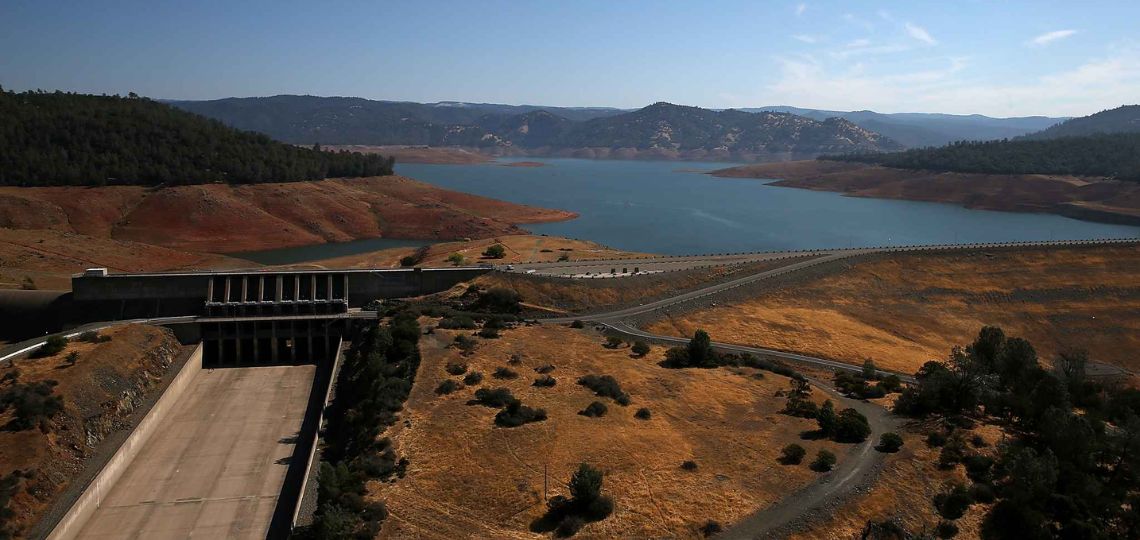
The Oroville dam opens this ranking of the largest dams in the United States. This is an embankment dam on the Feather, the main tributary of the Sacramento River. At a dizzying 230m, it is the highest dam in the USA. What’s more, the hydroelectric power station associated with the dam has an installed capacity of 819 MW, enough to supply 2,200 GWh of electricity per year.
It is therefore an important infrastructure in California’s economy. It feeds the state’s agricultural irrigation system and supplies drinking water to more than 20 million people downstream, in the Feather, Sacramento and San Joaquin valleys.
Priest Rapids dam – 956 MW
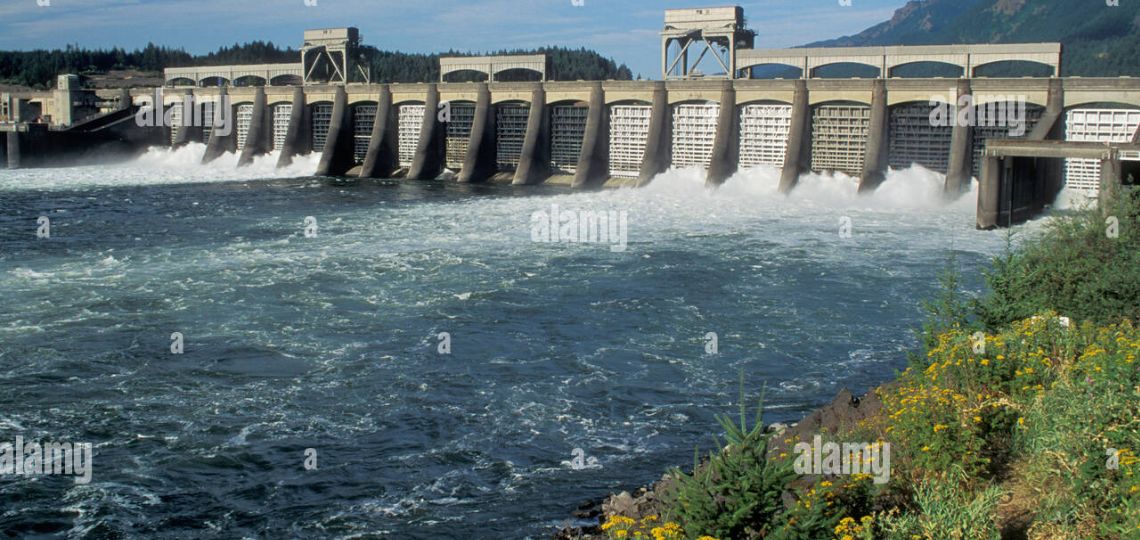
Priest Rapids Dam is a gravity dam on the Columbia River near Vantage, Washington. It is equipped with 10 turbines with a total installed capacity of 955.6 MW. It also boasts extraordinary dimensions, with a length of no less than 3079m.
Built as early as 1959, it is known for having submerged the Priest Rapids (Columbia River) and for having been implemented following the Vanport City flood.
McNary dam – 1127 MW
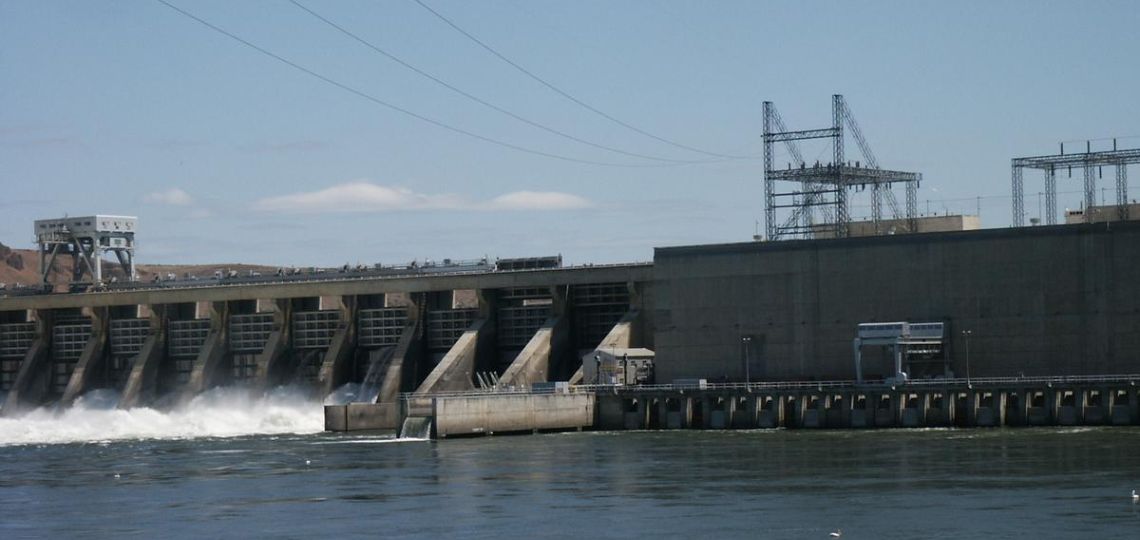
Equipped with 14 turbines, the McNary gravity dam has an installed capacity of 1127 MW. It lies on the Columbia River between Washington and Oregon states in the USA. With a gigantic length of 2245m, it’s famous for taking its name from the famous American politician of the 40s: Charles Linza McNary.
Bonneville dam – 1189 MW
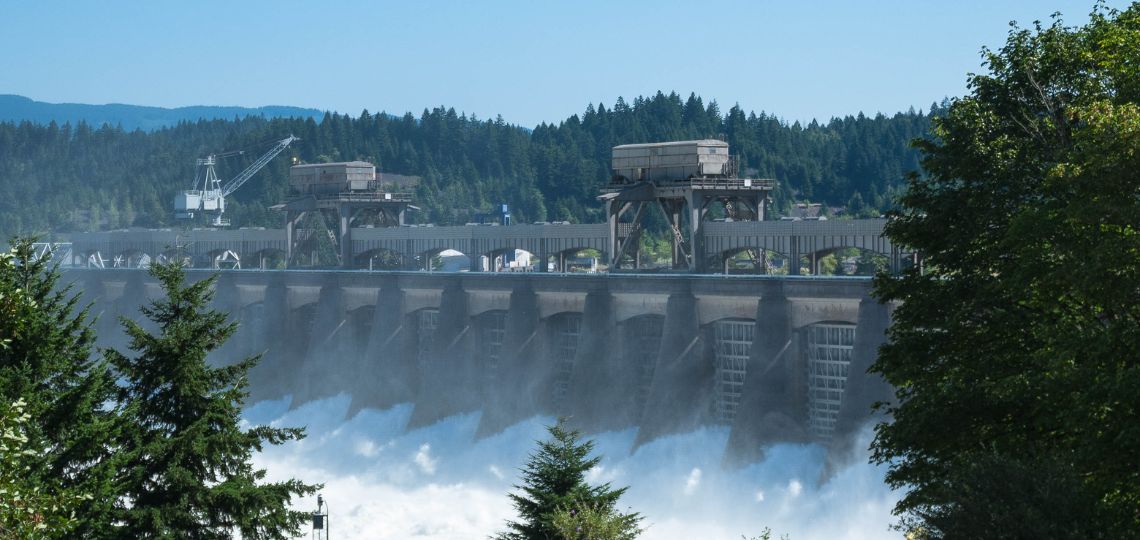
Bonneville Dam is a gravity dam on the Columbia River between the states of Oregon and Washington. It is some 820m long and 60m high. Its small size in no way detracts from its impressive installed capacity of 1,189 MW.
The commissioning of the dam in 1937 led to the creation of its reservoir: the Lac artificiel de Bonneville. This reservoir extends from the Bonneville dam upstream to The Dalles dam. It is also on the US National Register of Historic Places.
Glen Canyon dam – 1288 MW

Glen Canyon Arch Dam is located on the Colorado River in Arizona, in the southwestern United States, near the town of Page in Coconino County. With an installed capacity of 1,288 MW, it ranks 6th among the largest dams in the United States. Construction began in 1957 and the plant was commissioned in 1964. It also led to the formation of Lake Powell upstream.
The Dalles dam – 2038 MW

The Dalles Dam is a gravity dam located on the border between the states of Washington and Oregon. It occupies the Columbia River and has a total installed capacity of 2038 MW. At the time, it was the subject of much controversy. Indeed, it is notorious for having submerged Celilo Falls, an important fishing site for the Amerindians.
Hoover dam – 2080 MW
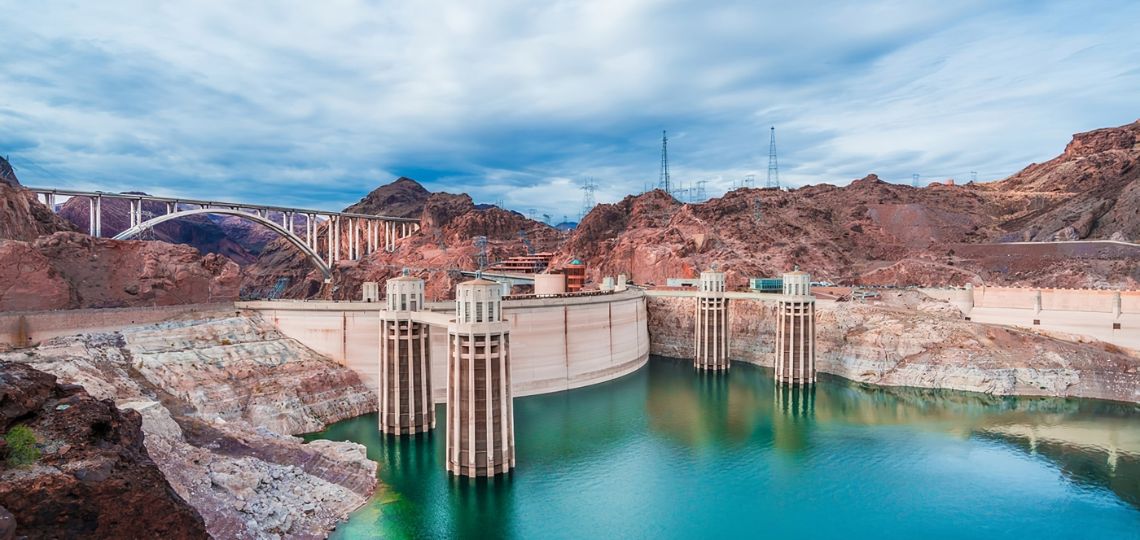
Hoover Dam is an arch-weight dam on the Colorado River near Boulder City, on the Arizona-Nevada border. With an installed capacity of 2080 MW, Hoover Dam supplies 4200 GWh of electricity every year. Construction of the dam began in 1931 under very special conditions. In the midst of the Great Depression, construction of the dam required a large workforce, 112 of whom would die. The project also required nearly 7 million tonnes of concrete.
John-Day dam – 2160 MW
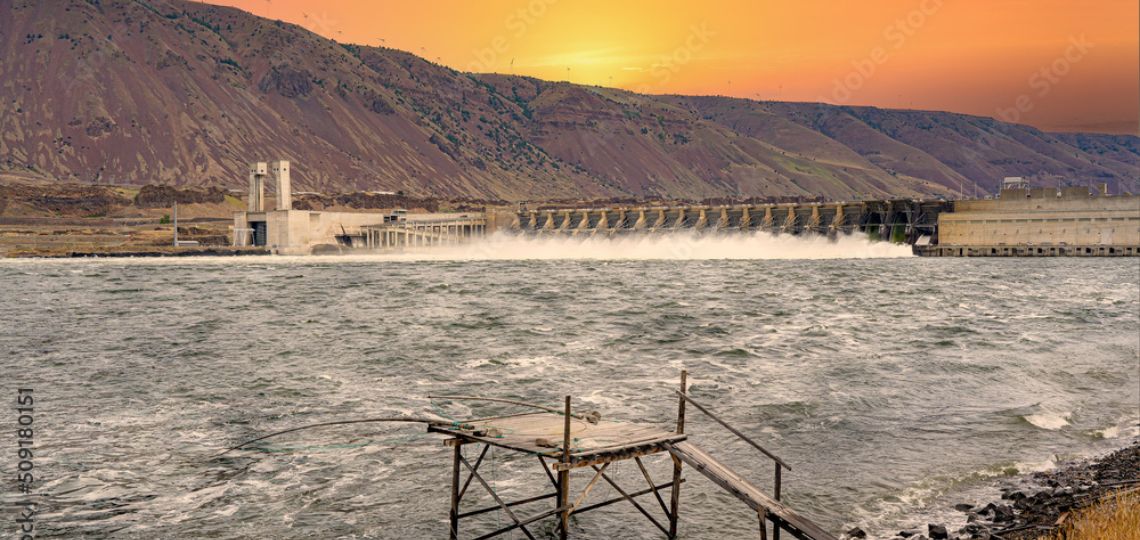
Located on the Columbia River between Oregon and Washington, the John Day Dam is a 2327 m long gravity dam. And its imposing length doesn’t overshadow its impressive power. The dam is equipped with 16 turbines, giving it a total capacity of 2160 MW. In addition, the power plant associated with the dam generates 8.418 TWh per year.
Chef Joseph dam – 2620 MW

Chef Joseph Dam ranks 2nd among the largest dams in the United States. Indeed, with an installed capacity of 2,620 MW, it is a long way from 1st place, but nevertheless supplies no less than 12.52 TWh per year.
Located in Washington State, this gravity dam covers some 1817m of the Columbia River. What’s more, it takes its name from the famous Chief Joseph of the Nez-Percés, an Amerindian tribe who lived on the Columbia Plateau.
Grand Coulee dam – 6809 MW
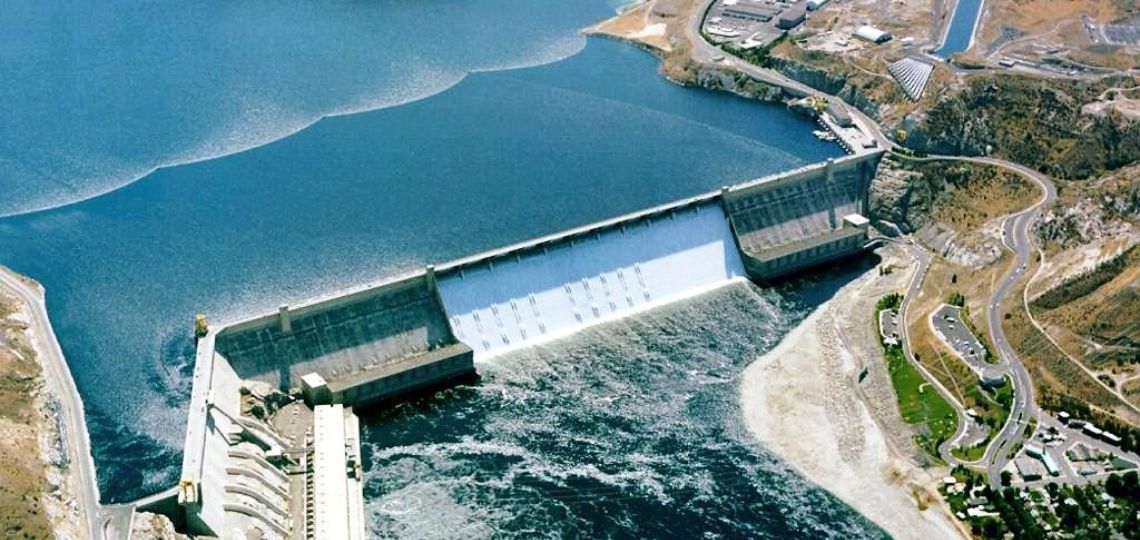
Grand Coulee Dam holds the title of largest dam in the United States. Located on the Columbia River, Grand Coulee is a 167m-high gravity dam. It comprises 27 Francis turbines and 6 pump turbines, giving it an incredible installed capacity of 6809MW. It is also considered one of the world’s most important concrete structures, ranking 8th among the world’s largest dams.
The electricity supplied by the dam originally powered military infrastructure during the Second World War (bomber manufacturers, submarines and the world’s first nuclear bomb). Today, the Grand Coulee generates enough electricity to light up the entire Puget Sound region, without releasing any CO2 into the atmosphere.
Uneven geographical distribution
In short, the geographic distribution of the largest dams in the United States is highly uneven. In fact, the northwestern states benefit from several developed watersheds. These include the states of Washington, Oregon and Idaho. In particular, the Columbia River, with its many dams and unusual development stretching over several kilometers. For example, Washington State alone accounts for 24.2% of the country’s total electricity production.
The United States also benefits from an energy policy that favorshydroelectric power. In fact, hydropower is the only energy source licensed at federal level. Congress is also considering reforms to modernize these authorization procedures, as policies vary from state to state.
In all, the three largest dams in the USA alone total 11,589 MW. It’s enough to make the Old Continent pale into insignificance, as it is currently unable to compete with the might of the USA. The country is also beginning to take an interest in small-scale hydropower, and hopes to develop its potential on home soil.






















